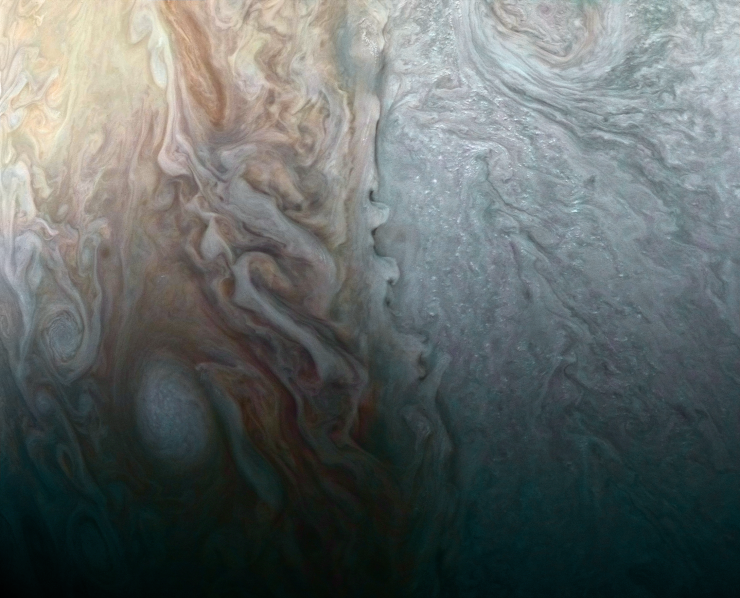NASA Extends Exploration for Two Planetary Science Missions
Jan 14, 2021 — Atlanta, GA

Paul Steffes in lab. Photo by Jason Maderer.
As NASA prepares to send astronauts back to the Moon and on to Mars, the agency's quest to seek answers about our solar system and beyond continues to inform those efforts and generate new discoveries. The agency has extended the missions of two spacecraft, Juno and Insight, following an external review of their scientific productivity.
Paul Steffes, a professor emeritus in the Georgia Tech School of Electrical and Computer Engineering, is a member of the Juno Mission team. Steffes has received measurements from Juno's microwave radiometer to measure radio waves from the Jupiter's deep atmosphere to determine the composition of the planet and its atmosphere.
The Juno spacecraft and its mission team have made discoveries about Jupiter's interior structure, magnetic field, and magnetosphere, and have found its atmospheric dynamics to be far more complex than scientists previously thought. Extended through September 2025, or its end of life (whichever comes first), the mission will not only continue key observations of Jupiter, but also will expand its investigations to the larger Jovian system including Jupiter's rings and large moons, with targeted observations and close flybys planned of the moons Ganymede, Europa, and Io.
Learn more about the Juno and Insight missions.

This illustration depicts NASA's Juno spacecraft at Jupiter, with its solar arrays and main antenna pointed toward the distant sun and Earth. Artist's concept. Courtesy NASA.

This image, taken by the JunoCam imager on NASA’s Juno spacecraft, highlights a feature on Jupiter where multiple atmospheric conditions appear to collide. Photo credits: NASA/JPL-Caltech/SwRI/MSSS/Roman Tkachenko
Grey Hautaluoma / Alana Johnson
NASA Headquarters, Washington
202-358-0668 / 202-358-1501
grey.hautaluoma-1@nasa.gov / alana.r.johnson@nasa.gov




